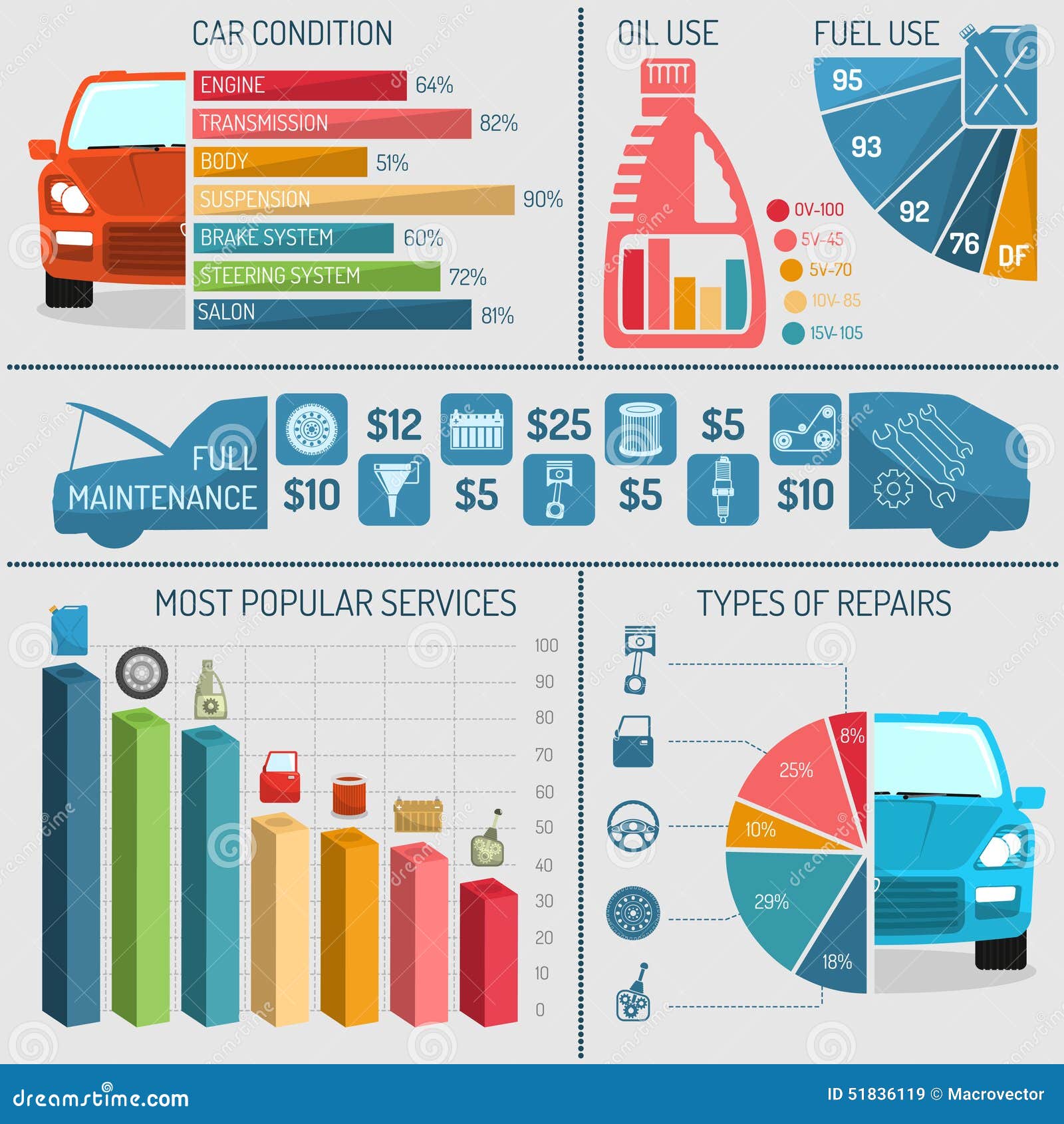Wondering Concerning The Significance Behind Those Dashboard Caution Lights? Gain Understandings Into Their Ramifications For Your Vehicle'S Safety And Maintenance
Wondering Concerning The Significance Behind Those Dashboard Caution Lights? Gain Understandings Into Their Ramifications For Your Vehicle'S Safety And Maintenance
Blog Article
Article By-Lim Dalgaard
When you're behind the wheel, those beautiful warning lights on your dashboard can be a bit complicated. Do you understand what they're attempting to inform you regarding your automobile's health and wellness? Understanding the relevance of these lights is vital for your security and the long life of your vehicle. So, the next time among those lights pops up, would not you intend to decode its message properly and take the necessary actions to resolve it?
Common Warning Lighting and Interpretations
Identify common warning lights in your vehicle and recognize their definitions to ensure safe driving.
The most regular caution lights include the check engine light, which signifies problems with the engine or emissions system. If this light comes on, it's essential to have your vehicle inspected without delay.
The oil stress alerting light indicates reduced oil pressure, needing prompt attention to stop engine damage.
visit this web-site blinking battery light could suggest a faulty charging system, possibly leaving you stranded if not addressed.
The tire pressure monitoring system (TPMS) light alerts you to reduced tire pressure, impacting vehicle security and gas efficiency. Overlooking automarine can lead to unsafe driving problems.
The abdominal muscle light shows an issue with the anti-lock stopping system, jeopardizing your capability to stop quickly in emergency situations.
Last but not least, the coolant temperature advising light warns of engine overheating, which can result in extreme damage if not resolved swiftly.
Comprehending these typical caution lights will certainly aid you deal with concerns without delay and preserve safe driving problems.
Value of Prompt Focus
Recognizing the usual warning lights in your automobile is just the very first step; the value of immediately dealing with these warnings can't be stressed enough to guarantee your safety and security when traveling.
When a caution light brightens on your control panel, it's your auto's means of communicating a prospective concern that requires interest. Overlooking these cautions can bring about much more severe troubles in the future, jeopardizing your safety and security and potentially costing you a lot more in repairs.
Trigger attention to advising lights can stop malfunctions and crashes. For instance, a flashing check engine light might show a misfire that, if left ignored, can create damage to the catalytic converter. Addressing this immediately can conserve you from an expensive fixing.
Likewise, a brake system cautioning light could indicate reduced brake liquid or used brake pads, vital parts for your safety when driving.
DIY Troubleshooting Tips
If you see a caution light on your dashboard, there are a couple of do it yourself repairing pointers you can try prior to seeking professional help.
https://seekingalpha.com/article/4515242-advance-auto-parts-stock-old-vehicles-require-continued-maintenance is to consult your auto's handbook to understand what the particular caution light indicates. In some cases the problem can be as easy as a loosened gas cap causing the check engine light. Tightening up the gas cap may fix the problem.
One more common problem is a reduced battery, which can cause different advising lights. Inspecting the battery connections for deterioration and guaranteeing they're safe may repair the issue.
If a caution light persists, you can try resetting it by separating the vehicle's battery for a few minutes and afterwards reconnecting it. In addition, checking your automobile's fluid levels, such as oil, coolant, and brake fluid, can help fix alerting lights connected to these systems.
Conclusion
In conclusion, understanding your auto's caution lights is crucial for maintaining your car running efficiently and securely. By without delay attending to these signals and knowing what they imply, you can avoid pricey repair work and potential breakdowns.
Bear in mind to consult your car's guidebook for particular details on each advising light and act appropriately to make certain a hassle-free driving experience.
Stay informed, stay risk-free when traveling!
